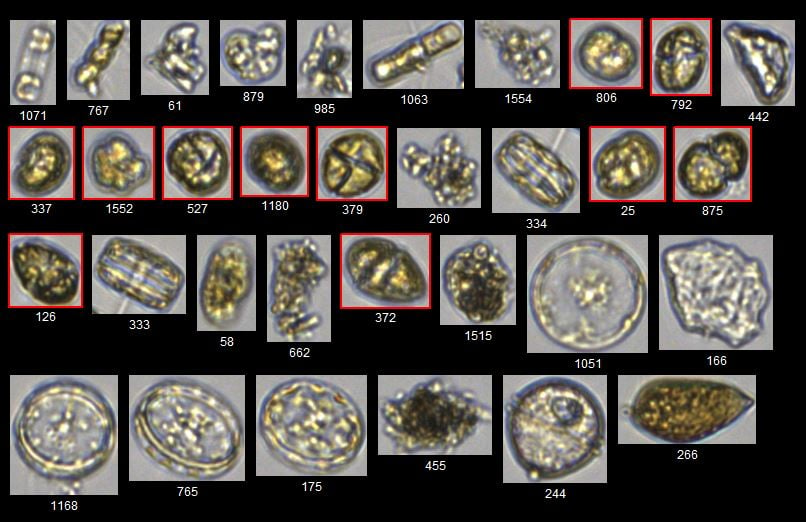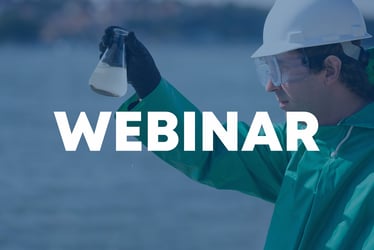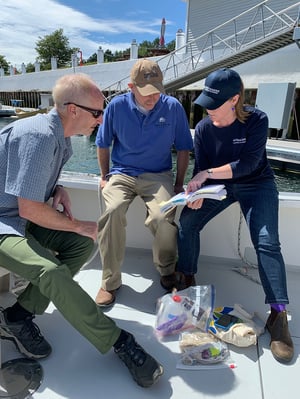 Yesterday Heather Anne Wright and I were invited to join the Friends of Casco Bay on a mission to track down and capture samples of the algae bloom taking place in Casco Bay. Mike Doan skippered the Baykeeper, while Will Everitt and Ivy Fignoca accompanied the group this afternoon on a ride out to Chebeague Island.
Yesterday Heather Anne Wright and I were invited to join the Friends of Casco Bay on a mission to track down and capture samples of the algae bloom taking place in Casco Bay. Mike Doan skippered the Baykeeper, while Will Everitt and Ivy Fignoca accompanied the group this afternoon on a ride out to Chebeague Island.
Right: Heather Anne shows Will Everitt and Jonathan Milne images of Karenia mikimotoi in a reference guide to harmful algae. Below: Heather Anne using a plankton tow net to collect samples off of Chebeague Island.
The goal was to obtain algae samples by using a plankton tow net to collect water from various locations and water depths. Back in the lab, at Fluid Imaging Technologies headquarters in Scarborough Maine, we analyzed the water samples and determined that they contained many organisms, including Karenia mikimotoi, (an Asian species) and other mixed dinoflagellates. 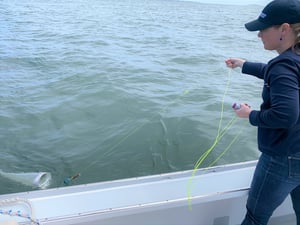
What do these algae look like anyway you ask? See below images captured by the FlowCam 8000, an imaging flow cytometer, invented at Bigelow Laboratory for Ocean Sciences. The FlowCam captures digital images of microscopic particles and organisms in the range of 2µm – 5mm, saving each image and indexing them according to 40+ discrete measurements (including length, width, transparency, and circularity). The measurements enable sophisticated pattern recognition algorithms to differentiate between particles for automated identification and classification.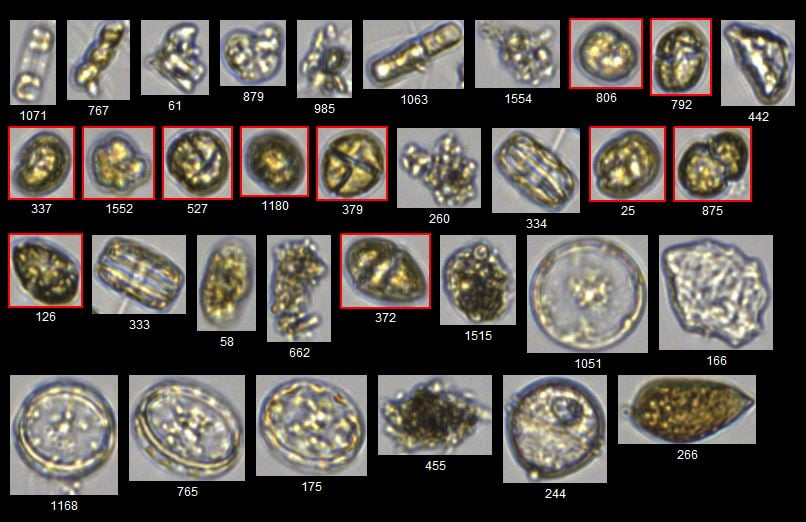
Above: Images of Karenia mikimotoi are shown in VisualSpreadsheet, selected with red outlined box.
Drinking water agencies and aquatic research institutions around the world have been using the FlowCam to help monitor water quality by comparing and indexing images of algae and tracking changes over time to concentrations of different algae populations.
Communities across the US have been impacted recently by hazardous algae blooms that produce cyanotoxins, which can kill dogs who swim and play in those affected lakes and ponds.








